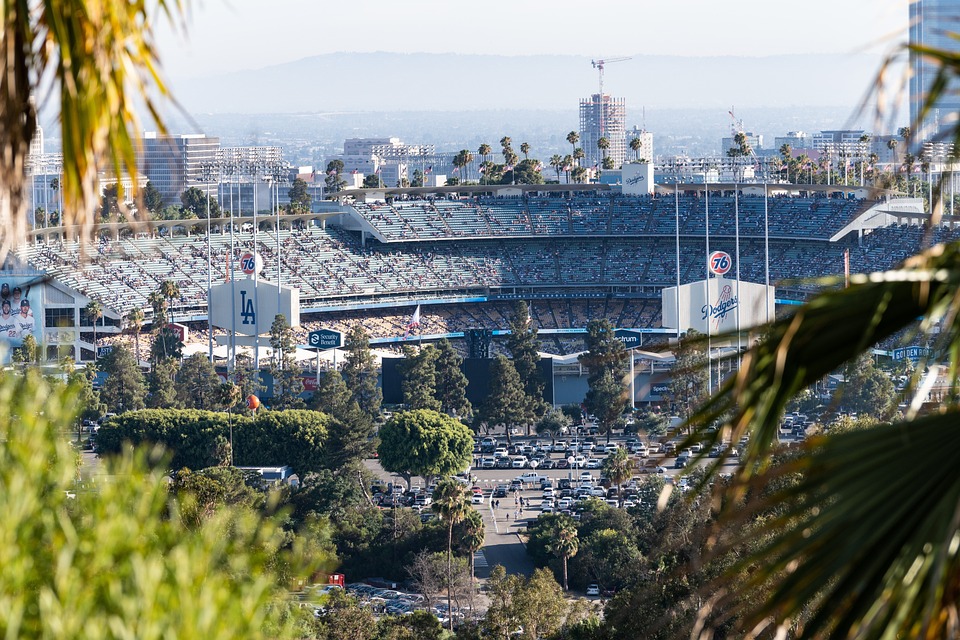The origins of baseball can be traced back to the early 19th century in the United States. It was popularized as a recreational sport played in open fields, sandlots, and backyards. Players would use whatever materials they had on hand, such as wooden bats and homemade baseballs, to play the game.
As the popularity of baseball grew, so did the need for organized leagues and more formal playing venues. In the late 1800s, professional baseball leagues began to emerge, and teams started playing in dedicated stadiums and ballparks. These stadiums were often small, with limited seating capacity and basic facilities.
Throughout the 20th century, baseball continued to grow in popularity, leading to the construction of larger and more modern stadiums. Major league teams began to build state-of-the-art facilities with amenities such as luxury suites, video scoreboards, and extensive concession stands. These stadiums became iconic landmarks in their respective cities and were often used for other events, such as concerts and political rallies.
The evolution of baseball stadiums also reflected changes in society and technology. In the early days of the sport, stadiums were often segregated, with limited access for women and people of color. As societal attitudes shifted, so did the design and layout of stadiums. Today, baseball stadiums are inclusive and welcoming to fans of all backgrounds.
One of the most significant developments in the evolution of baseball stadiums is the use of technology. Modern stadiums are equipped with high-definition video screens, instant replay systems, and in-seat ordering for food and beverages. Fans can now enjoy a fully immersive experience while watching their favorite teams play.
Despite these advancements, baseball has managed to retain its nostalgic charm and appeal. Fans still have a deep connection to the sport, whether they are watching a game in person or on television. The sights, sounds, and smells of a baseball stadium evoke feelings of nostalgia and tradition, reminding us of the game’s enduring legacy.
In conclusion, the evolution of baseball from sandlots to major league stadiums is a testament to the sport’s enduring popularity and cultural significance. While the game and its venues have changed over the years, the core values of teamwork, sportsmanship, and competition remain at the heart of baseball. As fans continue to flock to stadiums around the world to cheer on their favorite teams, it is clear that baseball will continue to be a beloved pastime for generations to come.






























Add Comment